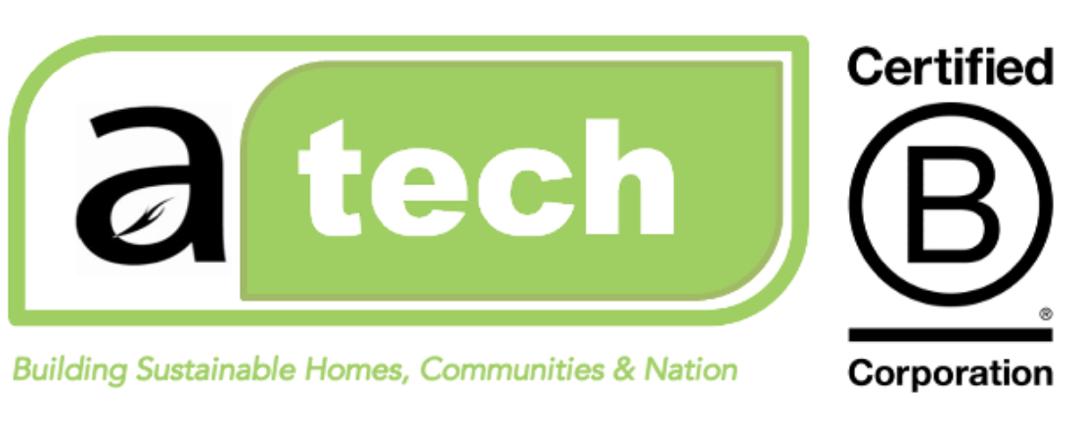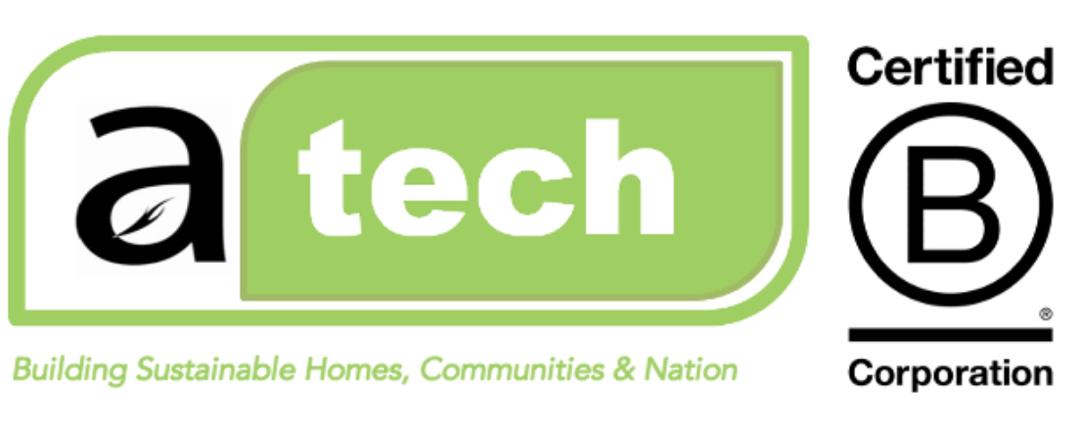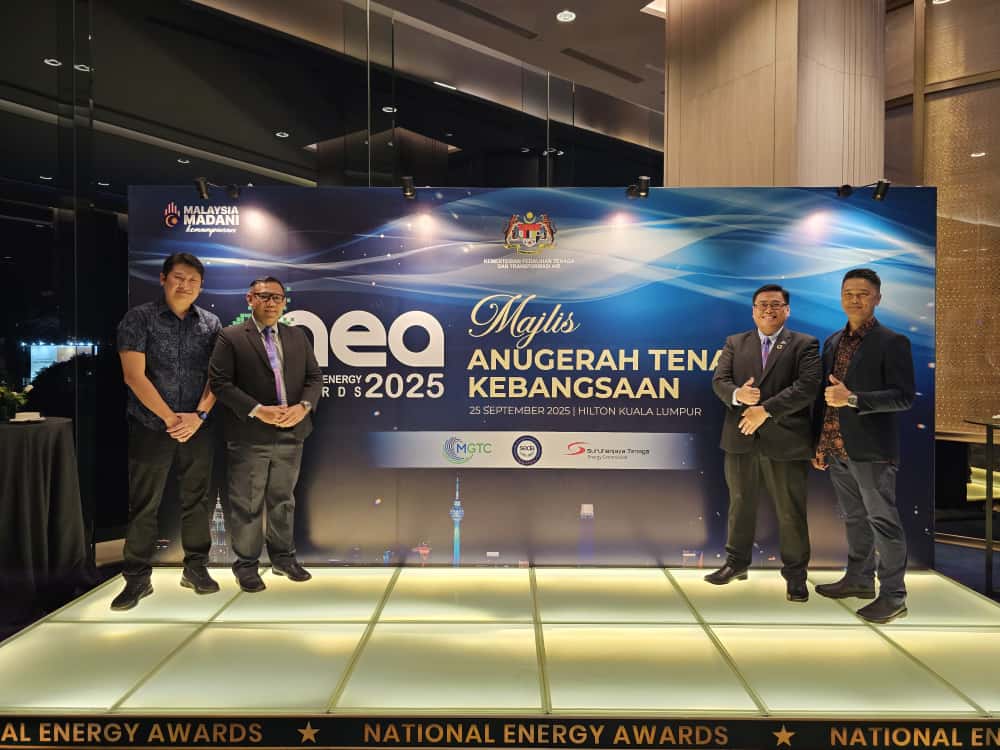Thank you! Your submission has been received


Our Expertise
FAQ
The audit typically involves: Data Collection – Gathering information on utility bills, equipment specifications, and operational practices. On-Site Assessment – Inspecting systems such as HVAC, lighting, motors, compressors, and building envelope. Analysis – Measuring energy consumption patterns, benchmarking performance, and identifying inefficiencies. Recommendations – Proposing Energy Saving Measures (ESMs) such as equipment upgrades, process improvements, or behavioral changes. Financial & Environmental Evaluation – Estimating cost savings, payback period, and carbon reduction potential.
Begin with an Energy Audit to establish your energy baselines. From there, you can create a clear Energy Efficiency Roadmap. As management expert Peter Drucker famously said, “If you can’t measure it, you can’t manage it.”
Costs vary by building type, size, and systems in place. Consult us after a preliminary site visit for a tailored quotation. Alternatively, options like EACG or HRDC programs may also help finance your audit.





